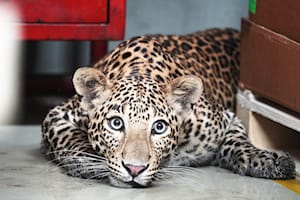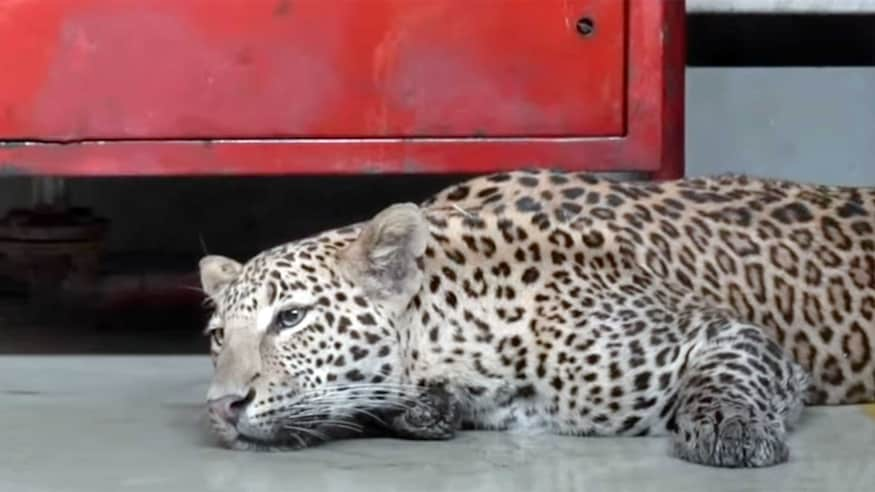The leopard and the employees emerged unharmed.
Production halts are becoming more common these days. Because of the chip scarcity, automakers were forced to shut down some manufacturing lines or fit cars with fewer electronically controlled systems. The Mercedes-Benz line in Chakan, India, is the most recent plant to be temporarily shut down.
The halt is not, however, due to a chip shortage or slow sales. For Mercedes-Benz or other automakers, the explanation is most likely a first. A leopard wandered into the facility and stayed for several hours. Employees were understandably concerned, but at least they didn’t take matters into their own hands.
Read More: Top 10 Mercedes-Benz Cars in 2022

The leopard was rescued by the Chakan Forest Department and Wildlife SOS in the area of the plant. The researchers soon located it near mounds of boxes and pallets in the manufacturing section. The leopard was tranquillized from a safe distance and rushed off the factory once it had stayed put long enough.
The leopard is a three-year-old male, according to Wildlife SOS. The rescue took around four hours to complete, and plant activities were halted for about six hours. Before being released into the wild, the juvenile leopard is being monitored by veterinarians.
Read More: Mercedes-Benz S-Class, Modified by DC, Found …

While such stories attract attention, they also indicate the deterioration of wildlife habitat. According to Wildlife SOS, the leopard’s proximity to the plant, which is surrounded by forest patches, is a possible culprit. The leopard may have come from that area, according to the organisation. In addition, Maharashtra is home to the Mercedes-Benz assembly plant, which has one of the greatest leopard population densities in the world.
As a result, there’s a potential that something similar may happen again. Thankfully, both humans and animals were undamaged and unharmed as a result of the incident.
Models such as the C-Class, E-Class, S-Class, and CLA Coupé are assembled at the Mercedes-Benz facility in India. It also introduces the crossovers GLA, GLC, GLE, and GLS. Since 2018, that same plant has begun exporting GLC to the United States.
Source: Wildlife SOS via Youtube






